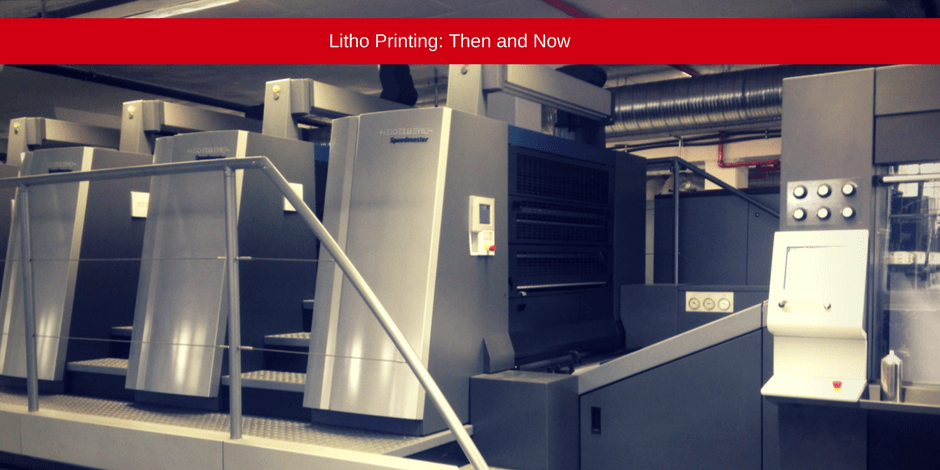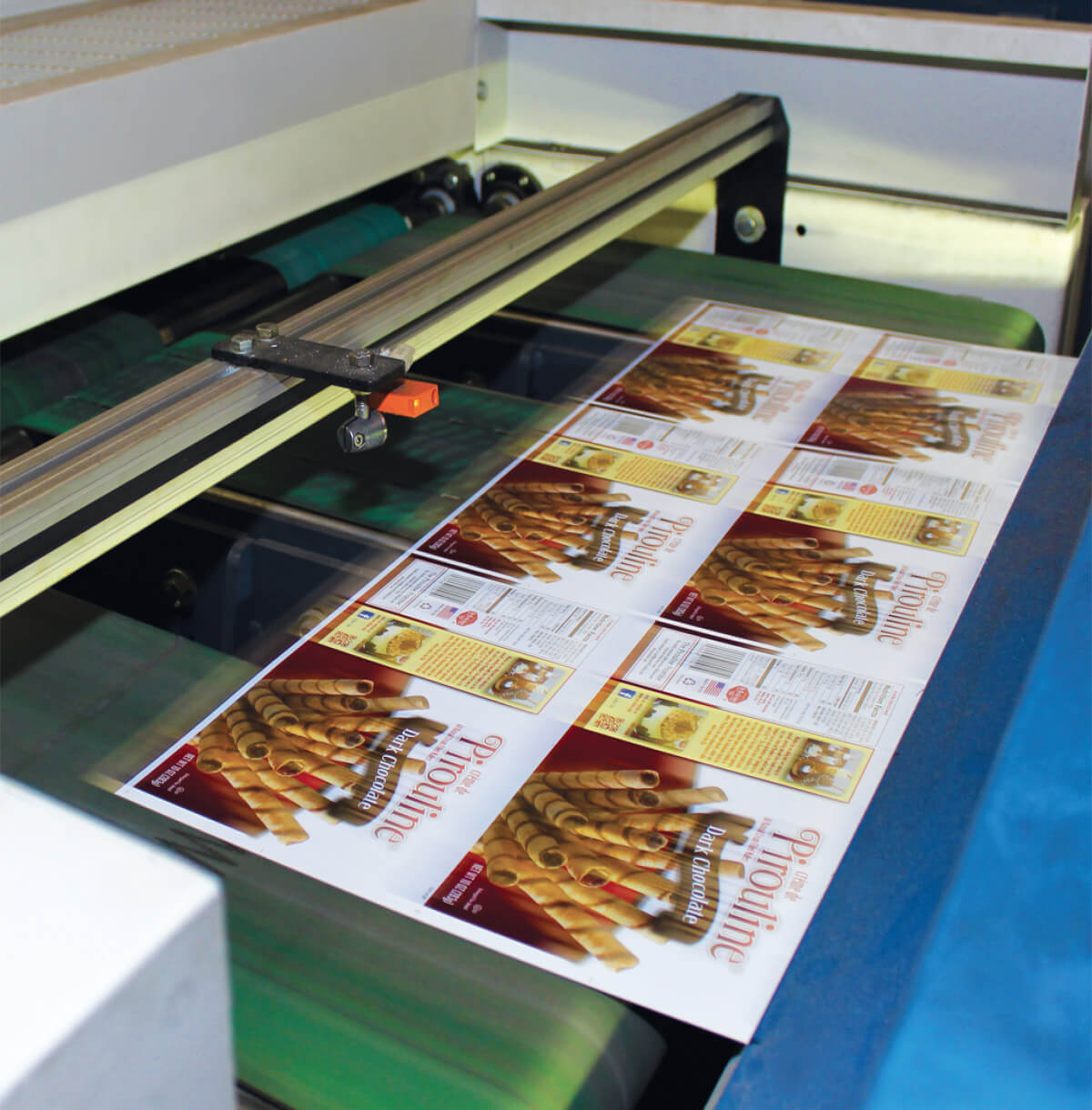Choosing the Best Company for Your litho printing Needs
Choosing the Best Company for Your litho printing Needs
Blog Article
A Comprehensive Overview to Comprehending Litho Printing Techniques
The globe of litho printing, a method originating from the late 18th century, is a remarkable mix of history, art, technology and science. This thorough overview will certainly decipher the intricacies of this printing method, from the structure of litho inks to the challenges dealt with in modern applications. As we venture into the details of lithography, the value of automation and sustainability in ensuring its future significance becomes progressively clear. Stick with us as we trip right into the fascinating world of litho printing.
The Historic Advancement of Litho Printing
The historical trajectory of litho printing, a crucial advancement in the realm of communication, is a fascinating tale of human ingenuity. Birthed in the late 18th century by Alois Senefelder, this strategy was originally an economical approach of releasing staged works. Lithography, stemmed from the Greek words for 'stone' and 'to compose', made use of a smooth rock surface area to transfer images onto paper. The process developed with the arrival of the rotating press, which greatly enhanced efficiency (litho printing). In the 20th century, the advancement of countered lithography changed the sector, permitting mass production of premium prints. Each phase of litho printing's development showcases humankind's unrelenting quest of effectiveness and high quality in visual communication.
Deciphering the Science Behind Litho Printing Inks
Relocating onward in the expedition of litho printing methods, the focus now moves to the science behind litho printing inks. The structure of these inks, their drying out process, and shade mixing strategies create the foundation of this intricate art type. Understanding these elements is essential to grasping the craft and accomplishing the preferred print results.
Structure of Litho Inks
In lithographic printing, the basic role of litho inks can not be overemphasized. Pigments, the color-providing components, are carefully ground particles suspended in the automobile, a liquid that brings the pigment onto the printing surface area. Each element plays an essential component in the last print's top quality, making the accurate solution of litho inks an elaborate science.
Ink Drying Refine
From the make-up of litho inks, attention turns to the interesting procedure of ink drying out. The drying out procedure is crucial, as it affects the final print's high quality and long life. Two primary techniques are made use of in litho printing: oxidative drying and absorption. Oxidative drying out includes the ink responding with oxygen in the air to develop a tough, completely dry film. This technique gives a durable finish, yet can be slower contrasted to absorption. Absorption, on the other hand, involves the ink permeating right into the paper fibers, which is a quicker process however can bring about less dynamic colors. The choice between these techniques is reliant upon factors such as print speed requirements, the paper kind used, and the desired finish.
Color Combining Techniques
While the drying process plays a key duty in litho printing, the scientific research of color mixing strategies holds equal relevance. This is an intricate procedure that entails the mindful blending of primaries: cyan, magenta, and yellow, in varying percentages to accomplish a broad array of tones. The addition of black ink, known as 'crucial', assists in regulating the strength and depth of the shades. The science behind litho printing inks additionally takes into consideration the transparency of the ink, which impacts how shades overlay and mix. To achieve a reliable color mix, print specialists should also comprehend the ins and outs of ink behavior, color concept, and the physical homes of the substratum on which the ink is applied.
The Art and Style Elements in Litho Printing
Litho printing breathes life into art and layout through its distinct components. Litho printing suits a selection of colors, enabling artists to produce dynamic and dynamic prints. This combination of accuracy and convenience makes litho printing a preferred option for lots of artists and designers.
Modern Applications of Litho Printing Strategies
Litho printing techniques have found considerable usage in the modern business industry. Its impact and value continue to expand with the introduction of brand-new advancements and innovations in the area. This area will explore these modern applications and the transformative role they play in the printing market.
Commercial Litho Printing Utilizes
In today's electronic age, one may question the importance of standard printing approaches. Litho printing remains a vital part of the commercial industry. High-volume printing tasks, such as the production of publications, newspapers, and packaging, count on litho printing for its capacity go to this website to provide exceptional image quality and price effectiveness. The process, which includes moving a tattooed photo from a plate onto a rubber covering and after that to the printing surface area, offers unrivaled uniformity. This makes it ideal for tasks needing a big print run. Litho printing additionally gives a broad color spectrum, above that of electronic printing. This makes it the best selection for projects that demand dynamic, top notch color recreation.
Technologies in Litho Printing
Pressing the limits of standard methods, modern developments have actually fueled a host of innovations in litho printing. One popular advancement is electronic litho printing, which incorporates the virtues of electronic technology with litho's high-quality output. These technologies underscore the enduring significance of litho printing in the contemporary world.
Discovering the Process of Litho Printing: Action by Action

Obstacles and Solutions in Contemporary Litho Printing

Regardless of the accuracy and practice that litho printing happily promotes, it is not without its collection of modern obstacles. Digital litho printing permits for cost-efficient brief runs and easy modification, addressing the issue of variable information. Thus, while there are difficulties, the litho printing industry is proactively adjusting to satisfy them head-on, ensuring its relevance in the future.
Conclusion
To conclude, litho printing, with its abundant background and clinical ins and outs, holds a considerable location in the print industry. As the guide discloses, it's a synthesis of art and innovation, with modern developments ensuring its relevance. Nevertheless, the industry encounters obstacles that need ingenious solutions, with a concentrate on automation and sustainability. The future of litho printing rests on its ability to adjust to these transforming demands, affirming its long-lasting value in an evolving market.

Report this page